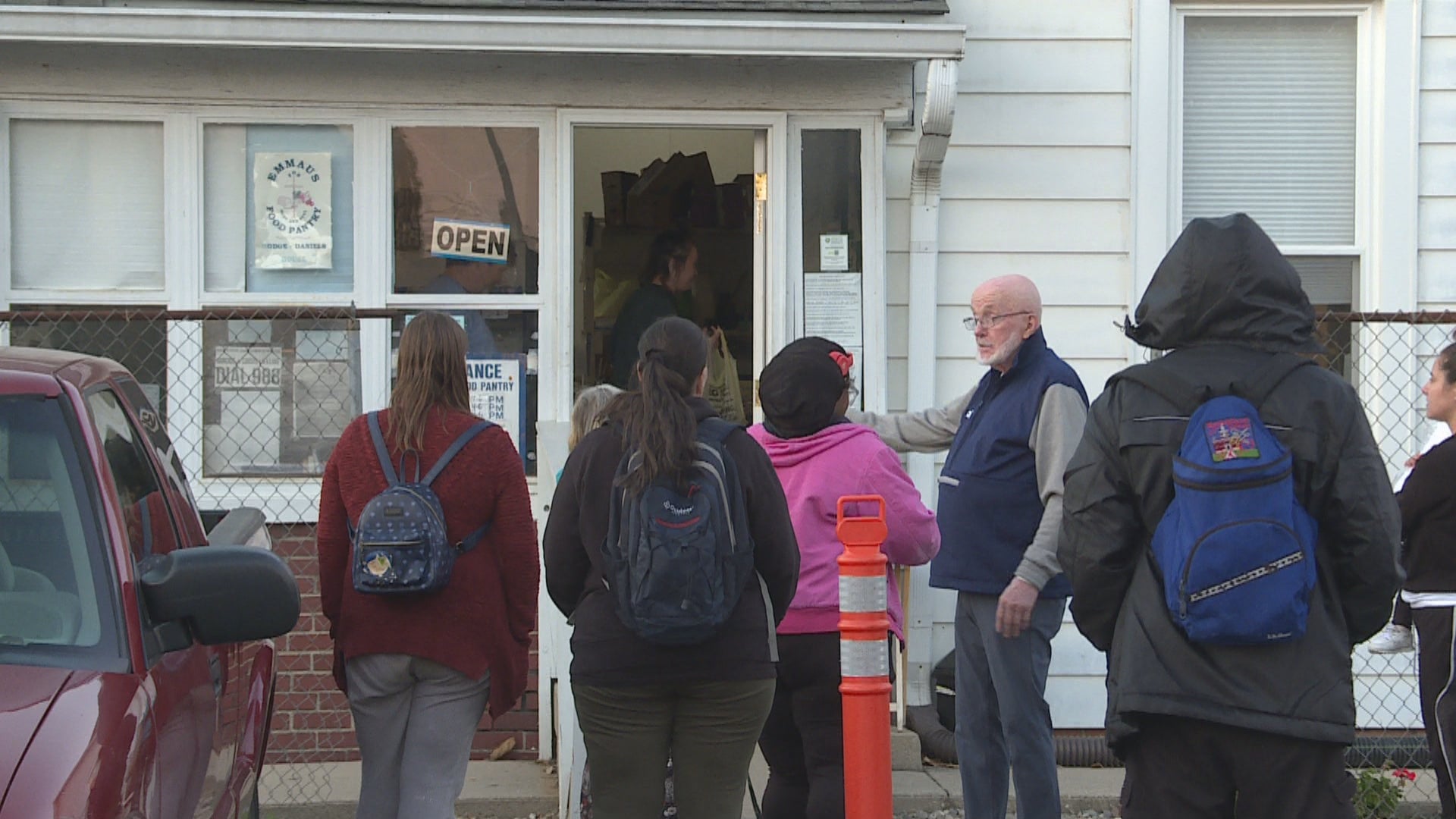INDIANAPOLIS (WISH) — Two more duck operations in northern Indiana and a hobby flock of mixed species in the Indianapolis metropolitan area are the latest to be quarantined with bird flu, the state’s Board of Animal Health said Tuesday night.
A commercial meat duck operation with 20,772 birds in Elkhart County and another with 4,837 birds in LaGrange County bring the total of quarantined farms since mid-October to 15. All of the previously quarantined farms are being depopulated, according a dashboard from the Board of Animal Health that’s tracking the quarantines.
In Johnson County, south of Indianapolis, the state says a “non-poultry,” mixed-species hobby flock with 24 birds has been found to have avian influenza. Such flocks generally include pet birds, birds kept for exhibition, or backyard flocks where products are not sold commercially.
In total, the latest bird flu outbreak in Indiana has impacted 101,559 chickens and 56,389 ducks on the 15 farms.
The Board of Animal Health said it’s monitoring other farms in portions of Elkhart, LaGrange and Noble counties as a precaution to try and prevent the spread of the H5N1 influenza virus.
Before the latest outbreak that began in mid-October, Indiana has not been impact by bird flu since May.
Wild bird outbreak
Indiana farms have not been the only outbreaks of bird flu this autumn.
On Oct. 18, the Indiana Department of Natural Resources said in a news release that bird flu has been found in a blue-winged teal in Greene County in southwest central Indiana, and in death black vultures in Jefferson County in southern Indiana. The virus was also suspected in similar cases involving dead black vultures in Franklin County in southeast central Indiana. The U.S. Department of Agriculture Wildlife Services and the state’s department recorded the finds. Signs of bird flu in waterfowl and raptors include sudden death; neurological impairment such as lack of coordination and tremors; a lack of energy and appetite; swelling of the head, neck, and eyes; nasal discharge; cough; sneezing ;and diarrhea. Wild bird surveillance is being conducted by USDA Wildlife Services and the Indiana Department of Natural Resources. It’s not immediately known how the federal government shutdown has affected these surveillance efforts.
What you need to know
The U.S. Centers for Disease Control and Prevention believes the public health risk from bird flu is low, but humans can contract the virus. People are advised to avoid contact with sick waterfowl and other wildlife. If handling a carcass is necessary, Natural Resources recommended the use of disposable gloves and a mask, and double bagging the carcass, and washing hands thoroughly afterward.
The U.S. Fish and Wildlife Service recommends that waterfowl hunters process birds in a well-ventilated area or outdoors and wear protective clothing such as a face mask and gloves. Meat harvested from waterfowl should be cooked to an internal temperature of 165 degrees F before consumption.
The Indiana State Board of Animal Health has emphasized that avian influenza does not pose a food safety risk, and cooked poultry, eggs, and pasteurized dairy products remain safe for consumption. The risk to human health is considered low, with infections being rare and primarily affecting those with close contact with infected birds.
The Indiana Department of Health advises people to contact the agency if they develop symptoms such as eye irritation, fever, cough, or other flu-like symptoms after contact with waterfowl. They can be reached at 317-233-7125 during business hours or 317-233-1325 after hours.
Because domestic and agricultural animals — including poultry, cattle, and cats — are also susceptible to avian influenza, it is recommended to process and dispose of harvested waterfowl away from these animals and practice good biosecurity measures.





